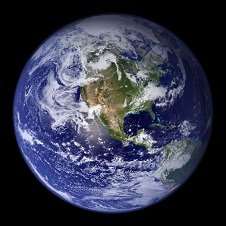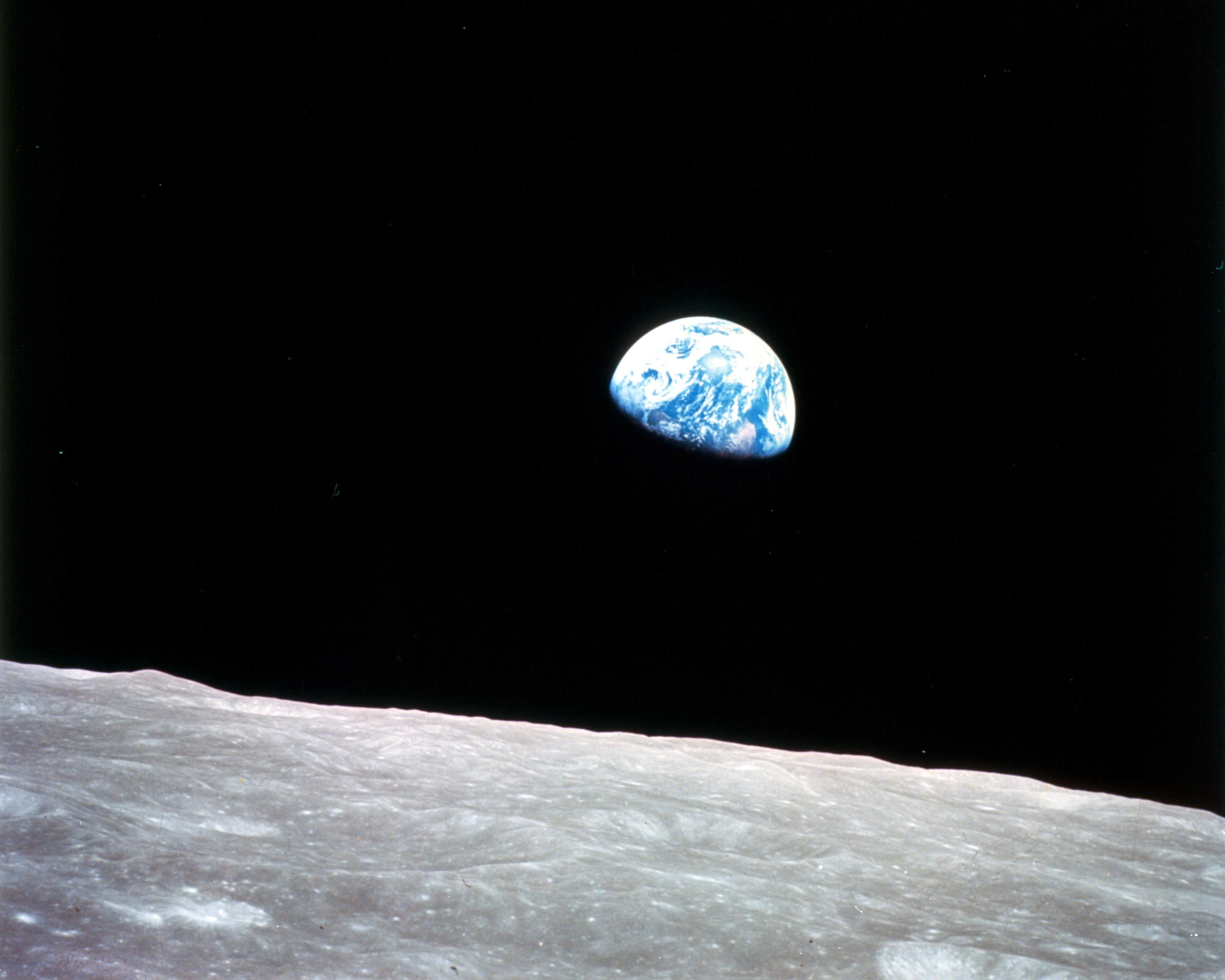
Minnesota Mathematics of Climate Seminar

September 6, 2022
The Climate Emergency: A Mathematical Perspective, Richard McGehee, School of Mathematics
It has become increasingly clear, even to the mainstream media, that climate change is upon us with disastrous effects. The root of the problem is the basic physical principle of conservation of energy: if more energy enters the planet than leaves the planet, the temperature must rise. The scientific evidence overwhelmingly concludes that the burning of fossil fuels creates an increase of the atmospheric greenhouse gasses causing a global heat imbalance resulting in the elevation of the global mean surface temperature and increasing the severity of droughts, floods and fires. Very simple mathematical models illustrate the mechanisms supported by the evidence.
September 13, 2022
An Introduction to Planetary Energy Balance, Richard McGehee, School of Mathematics
To be in thermal equilibrium, the energy absorbed by a planet must equal the energy re-radiated into space. Here we describe Budyko's model, which is an equation for annual average surface temperature as a function of latitude. The model takes into account the energy reflected back into space, the energy absorbed by the planet, the energy re-radiated as a function of surface temperature, and the redistribution of energy across latitudes. Using the parameters for Earth as an example, we see that the model predicts stable polar ice caps.
September 20, 2022
Permafrost Response to Climate Change via Budyko’s Model, Richard McGehee, School of Mathematics
Permafrost is permanently frozen soil occurring in high latitudes. Scientists estimate that there is more carbon stored in the permafrost than is in the atmosphere. When the permafrost melts, the carbon is released into the atmosphere. Budyko's model can be used to estimate the amount of carbon that will be released as the global mean temperature rises, illustrating a feedback mechanism that will cause further warming.
October 4, 2022
Melting Permafrost and the Heat Equation, Maria Sanchez Muniz, School of Mathematics
October 11, 2022
The Dynamics of Budyko's Model, Richard McGehee, School of Mathematics
Budyko's model is a integro-differential equation describing a planet's annual average surface temperature as a function of latitude. In this presentation we discuss the equilibrium solutions and show that the model predicts Earth's ice caps. We also introduce an dynamic ice cap boundary and discuss the stability of solutions.
October 18, 2022
Earth's Glacial Cycles, Richard McGehee, School of Mathematics
Earth has been experiencing glacial cycles for the last five million years. The cycles have become larger and longer during the last one million years. The cycles appear to be driven by the Milankovitch cycles, which are variations in Earth's orbit around the Sun and variations in Earth's spin axis. In this presentation we discuss the scientific evidence for the existence of glacial cycles and for their correlation with the Milankovitch cycles.
October 25, 2022
The Mathematics of a Hollywood Disaster Movie, Richard McGehee, School of Mathematics
The Hollywood movie The Day After Tomorrow portrayed the Earth falling into a new ice age as a result of a weakening gulf stream caused by global warming. Although counterintuitive, such a phenomenon during the last glacial retreat. A simple model of ocean circulation introduced in 1982 by Pierre Welandar illustrates this phenomenon. The model lends itself to analysis using mathematical techniques only recently developed.
November 1, 2022
Introduction to Multiflows, Richard McGehee, School of Mathematics
Early in the 20th century Hadamard introduced the concept of a well-posed problem as a model for which (1) solutions exist, (2) solutions are unique, and (3) solutions depend continuously on initial conditions. Last week we discussed Welander's box model of ocean circulation and observed that, although solutions are not unique, the model is useful in understanding oscillations in ocean circulation. We showed that Welander's model is an example of a general class of models called Filippov systems. This week we introduce a further abstraction, called multiflows, which provide a framework for proving general theorems about models where the insistence on uniqueness is relaxed.
November 8, 2022
Rate-Induced Tipping of the Compost Bomb: Sizzling Summers, Heteroclinic Canards and Metastable Zombie Fires, Eoin Geoffrey O'Sullivan, University College Cork
Surface wildfires are generally believed to be the cause of so-called Zombie fires observed in peatlands, that disappear from the surface, smoulder underground during the winter, and ''come back to life" in the spring. Here, we propose rate-induced tipping (R-tipping) to a subsurface hot metastable state in bioactive peat soils as a main cause of Zombie fires. Our hypothesis is based on a conceptual soil-carbon model subjected to realistic changes in weather and climate patterns, including global warming scenarios and summer heatwaves.
Mathematically speaking, R-tipping to the hot metastable state is a nonautonomous instability, due to crossing an elusive quasithreshold, in a multiple timescale dynamical system. To explain this instability, we provide a framework that combines a special compactification technique with concepts from geometric singular perturbation theory. This framework allows us to reduce an R-tipping problem due to crossing an quasithreshold to a heteroclinic orbit problem in a singular limit. Thus, we identify generic cases of such R-tipping via: (i) unfolding of a codimension-two heteroclinic folded saddle-node type-I singularity for global warming, and (ii) analysis of a codimension-one saddle-to-saddle heteroclinic orbit for summer heatwaves, which in turn reveal new types of excitability quasithresholds.
November 15, 2022
The Interplay of Rate and Noise Tipping and Applications, Katherine Slyman, University of North Carolina
We present a theory for understanding tipping events in low-dimensional dynamical systems with additive noise and time-dependent parameters, whose interplay results in a large increase in the frequency of tipping. While rate-induced tipping does not require any random fluctuations within the system, the ramp parameter and added noise can conspire to cause tipping of the system below the critical rate. Building on the work of Ritchie and Sieber (2016), who considered rates close to the critical rate, we first consider a one-dimensional differential equation with additive noise and a ramp parameter. In this model, using the Fredlin-Wentzell theory, we show that there exists a heteroclinic connection in extended phase space between equilibria for all rates less than the critical rate. This heteroclinic orbit is a minimizer of the Freidlin-Wentzell functional and thus corresponds to the most probable path between these two points. We then extend this framework to show the existence of the most probable path for a fairly general class of functions. We construct this most probable path using geometric dynamical systems methods, as well as present numerical simulations for verification and visualization of this most probable path.